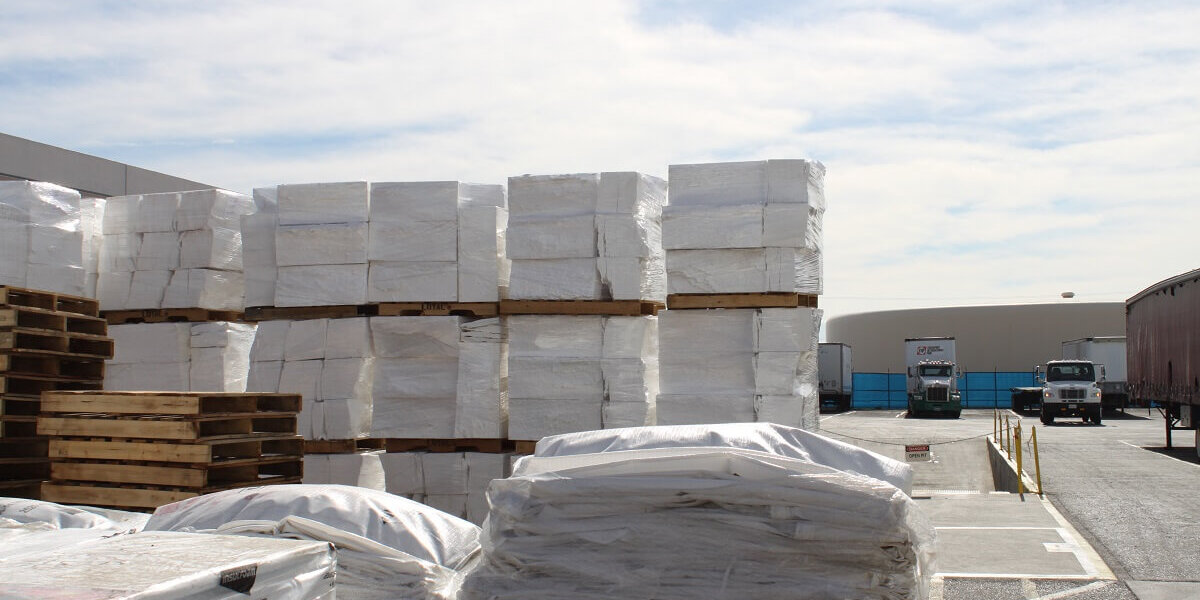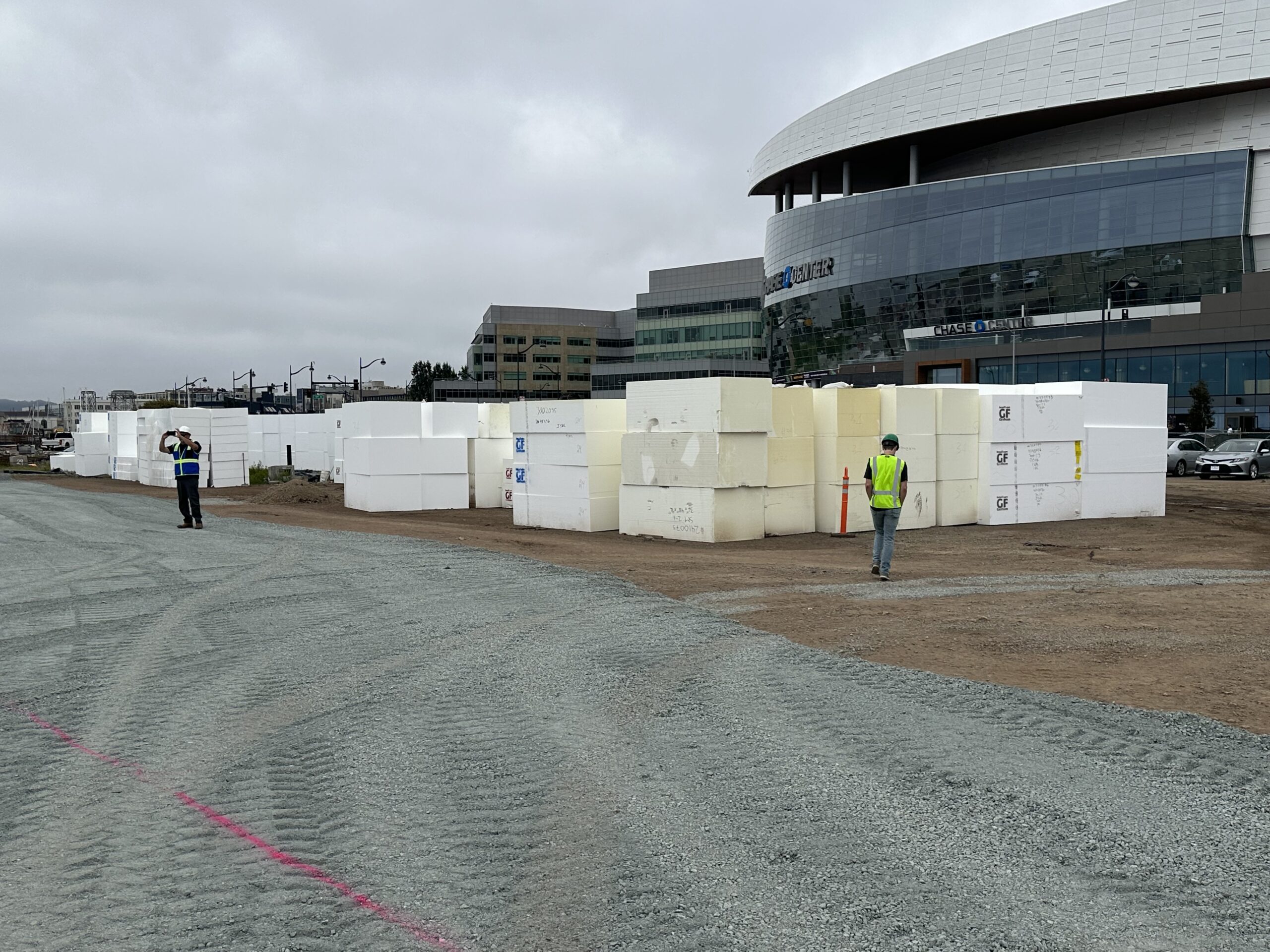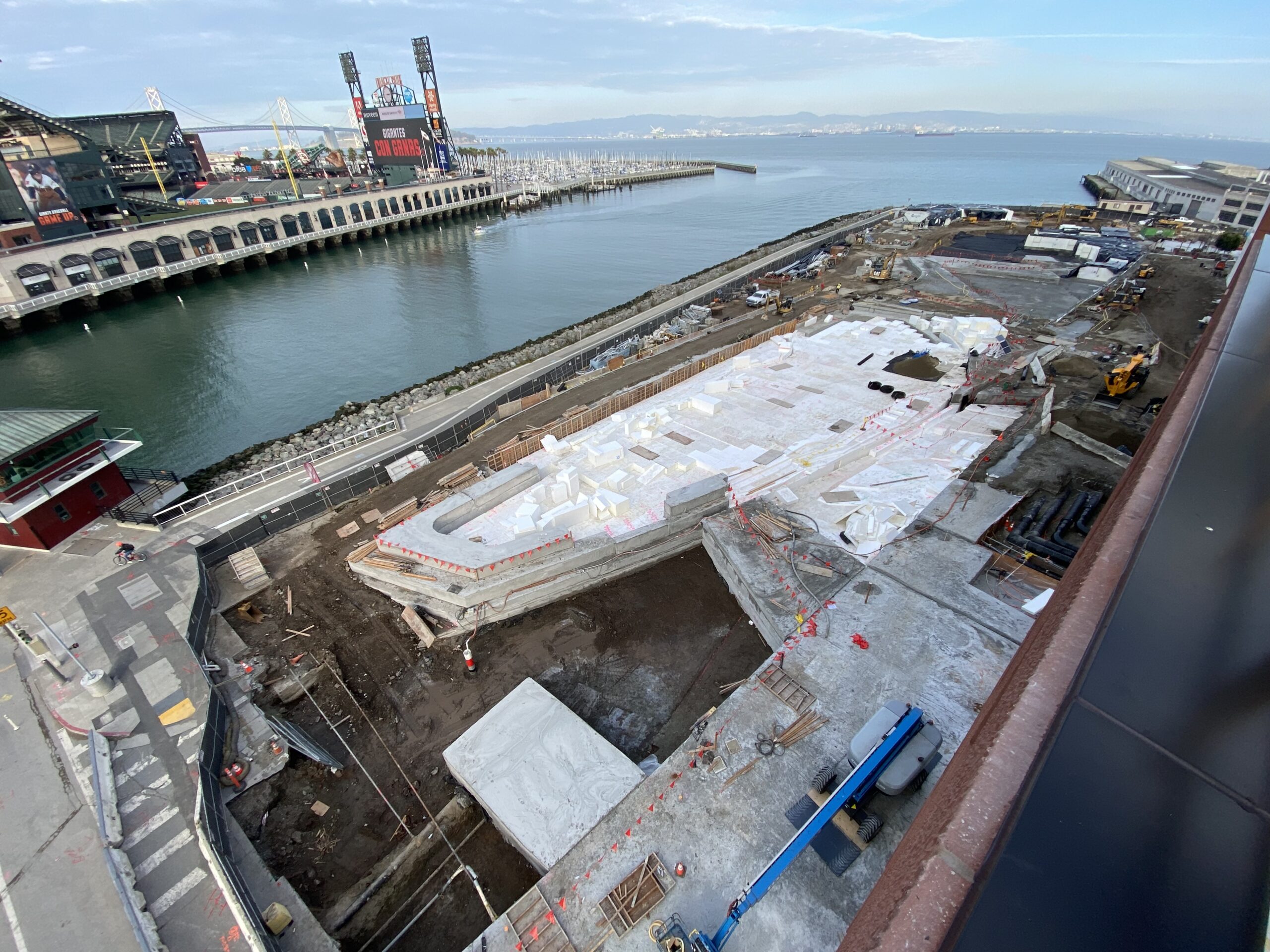For most of us, life has been turned upside down by the Covid-19 virus. According to the World Health Organization (May 27, 2020), the U.S. has more than 1.6 million confirmed cases of Covid-19 and 97,000-plus deaths from the disease. And the counts keep rising daily.
Economically, Covid-19 is plunging the U.S. into a recession that some experts believe will rival that of 2008. And the virus is far from finished with us. Health experts anticipate a second wave soon — maybe even multiple waves before a vaccine can be discovered and administered to the population at large.
What will that mean for the construction industry overall? That’s difficult to pin down. Complicating the issue is the fact that every region, every state and cities within states all have unique situations and are reacting accordingly. Here’s a look at where we are now, and a peek at what is likely to lie ahead.
THE STATS: LOSS OF JOBS AND WORKERS
A recent survey by the Associated General Contractors (AGC) revealed the construction industry lost 975,000 jobs from March to April amid concern about the pandemic. It’s the worst one-month decline on record. Other findings of the AGC report include:
- 30% of respondents said their projects had been halted by government order.
- 37%, reported their owners voluntarily halted production.
- 31%, said the owners canceled projects because of reduced demand.
According to Dodge Data & Analytics, total construction starts declined 25% from March to April, with nonresidential building starts falling 37% from March.
When projects drop off the schedule, layoffs aren’t far behind. The AGC report found that nearly 40% of construction firms have had to lay off employees. The Northeast was one of the hardest hit areas, with 53% of construction firms having laid off or furloughed workers.
The latest Construction Confidence Index (CCI) from the Associated Builders and Contractors (ABC) found that sales, profit margins and staffing levels all fell below 50 for the first time in history.
The American Institute of Architects’ recent released Architecture Billings Index fell from 53.4 in February to 33.3 in March. Scores below 50 indicate a slowdown of nonresidential construction activity.
If you look at the stats, the future looks pretty glum. Thankfully, not all news is bad. Construction companies can put practices in place to help deflect the effect of Covid-19 and perhaps pursue other markets that are apt to pick up during the months ahead.
BEYOND THE STATS: THE TWO BIG ISSUES FOR CONTRACTORS
So, what does this all mean for construction companies? In most states and cities, construction was deemed essential work and jobsites were allowed to remain open, but that didn’t mean business as usual. The two main concerns of construction companies today are taking care of employees and procuring the materials they need for upcoming projects.
Health, Safety and Protection of Employees. Companies now operate under new safety guidelines mandated or suggested by local and/or state authorities. Some project owners are including clauses in contracts requiring social distancing, limitations on number of workers onsite at one time, testing or the right to suspend contract work due to Covid-19. Other precautions include staggered shifts, temperature checks, masks and gloves policies, and sanitizing hand-washing stations. In some cases, workers are asking for companies to provide a safer working environment. It’s a mixed bag depending on location and jobsite to jobsite. Adherence to guidelines can range from a zero-tolerance policy to no enforcement. Construction companies will have to navigate through all these factors to see what makes sense for their specific case.
One thing that is often overlooked is the toll Covid-19 has had on workers’ mental health. In an informal Construction Dive survey, 70% of respondents ranked employee anxiety as their top concern.
Materials Procurement and Supply Chain Disruptions. Expect to experience delays in receiving some building materials — especially items from China. China was the source for nearly 30% of U.S. building materials last year and the largest supplier to the U.S. for machinery, equipment, iron and steel, drywall, cement and other items used in construction. The Associated General Contractors of America reports that at least 45% of contractors are already experiencing delays or disruptions directly related to the Covid-19 pandemic such as shortages in steel, surfacing and case goods.
Construction Dive reports that even though Covid-19 was something no one could predict contractors can still be held responsible for delays or cost overruns on current projects. Check your contract carefully to see where you stand for each project.
WHAT COVID-19 COULD MEAN FOR DIFFERENT MARKET SEGMENTS
Construction projects will continue, but there will be a shift in project priorities due to the Covid-19 pandemic. Here’s a look at what the experts see in the future concerning different market segments.
- Roads, bridges and airports. The sizable decrease in traffic on the highways, thanks to shelter-in-home orders, has had positive results in road construction. For example, Florida and Minnesota released billions of dollars in transportation projects in an effort to reduce the economic impact of Covid-19 and take advantage of decreased traffic. Road projects have been able to finish ahead of schedule, which could result in project savings. However, some experts note there could be a slow-down as decreased fuel tax revenues and federal infrastructure funding may cut into DOT budgets. Meanwhile, the Airport Improvement Programs is pumping $3.2 billion to develop and modernize airport facilities nationwide.
- Stadiums. Even as sports events have been cancelled nationwide, construction projects for many sports facilities are still going on as scheduled. Case in point is California’s 70,000 seat SoFi Stadium, a NFL stadium for the LA Rams and the LA Chargers.
- Commercial and industrial venues. According to Construction Dive, the demand for hospitality, retail and entertainment projects — some of the hardest hit sectors of the economy — will decrease. With unemployment at 14.7% (as of May 8) and many Americans focusing on food, shelter, and absolute necessities, commercial venues such as restaurants, hotels and retail stores will likely take a huge hit. Several major retailers have already declared bankruptcy, while others are finding they can rely more on the internet. On a bright note for construction companies, healthcare, health-care related manufacturing and distribution and warehouse projects are apt to increase.
MOVING FORWARD
Uncertainty about the strength and duration of the Covid-19 global crisis makes it difficult to project how quickly the construction industry will recover and what the future will look like. The U.S. economy is in crisis now, and since non-residential construction typically lags behind the overall economy by 12 to 18 months, according to the Associated Builders and Contractors, 2021 could shape up to be an even more difficult year for contractors than the remainder of 2020.
Here are a few trends as a result of Covid-19, that you’ll likely see in the months ahead.
- Labor shortages. Construction companies have been struggling with a shortage of qualified workers in recent years — especially in specialized trades such as mechanical and electrical workers. The Covid-19 pandemic could potentially make the shortage more severe.
- Unions may become more influential. Trade unions have actively advocated for members during the pandemic. In Massachusetts two trade unions staged walkouts while in New York, and it was the trade unions that encouraged government officials to shut down projects. Conversely, it was the North America’s Building Trade Unions joining with Associated General Contractors of America that obtained an essential service status for construction, helping keep jobsites open. Expect unions to exert this influence in the future. Contractors will need to be prepared to collaborate more with unions when it comes to working conditions for workers.
- Safety will remain at the forefront. Increased emphasis on employee safety is not going away anytime soon. Medical experts have been clear that they expect a second wave and outbreaks could occur until we finally have a vaccine for Covid-19. Companies who take good care of employees will be in a better position to retain and recruit employees.
- Technology will assist with social distancing. Even after the threat from the current outbreak of Covid-19 is over, some form of social distancing will likely become the “new norm.” For example, remote technology can be used to perform virtual inspections via 360-degree photos and videos. This method is also a timesaver, which will be important moving forward. In addition, telecommuting — teleconferencing, emailing and texting — will become more common for office workers as companies strive to cut costs.
- Some manufacturing will move back to the USA. A reluctance to rely on other nations — especially China — to fulfill orders for many of our products, including building materials, will lead to more manufacturing returning to the U.S. The U.S. will be better prepared, if we are hit with a future pandemic, and will experience less disruptions to the supply chain and raw materials. However, this could mean higher material costs.
- Projects will take longer to complete. Staggered shifts, limitations on number of workers onsite, labor shortages and delays in acquiring materials will extend the timeline for projects. Contractors will need to be very careful about quoting a timeframe for jobs and negotiate for contract terms that don’t bind them to a completion date under certain circumstances.
- The use of prefab materials and modular building techniques will continue to increase. To make up for lost time and to save on labor costs, contractors will increasingly adopt modular building techniques that rely on factory-produced materials.
COVID-19 AND EPS GEOFOAM
Before Covid-19, global demand for EPS geofoam was on the rise. Global Market Insights, a global market research and strategy consulting firm headquartered in the U.S., anticipated global demand would likely reach $1.1 billion by 2026.
So, what might the future look like for EPS geofoam now? Actually, EPS geofoam may become an even hotter commodity. It provides several advantages over traditional materials that contractors will value even more in the months ahead.
- Installation of EPS geofoam is easier and more efficient. Since EPS geofoam weighs only one to two pounds per cubic foot, depending on size, construction workers can easily lift and hand-carry blocks and quickly put them into position. The blocks can be custom-fabricated or cut-to-size at the factory and delivered to your site, ready to go. If there’s a change in the project plan, it’s easy to accommodate those on-the-fly tweaks and changes with EPS geofoam. Because installation is so uncomplicated you can complete the job faster while using less labor. And those construction workers won’t need extensive training, either. EPS geofoam can help keep your project on track, and since less labor is required, help with social distancing regulations.
- EPS geofoam can reduce construction project costs. Since EPS geofoam is so light, transportation costs are less than that of traditional building materials. You may also be able to eliminate the cost of heavy earth-moving equipment. Plus, you’ll cut labor costs by using fewer construction workers for less time. For example, using EPS geofoam for soil remediation in the renovation of an office building in the Pacific Northwest helped bring the project in two months ahead of schedule and nearly $600,000 under budget. And, the Utah DOT estimates it saved more than $2.5 million on a four-bridge project on I-80 by using EPS geofoam. Overall, using EPS geofoam in the bidding process.
- It’s a perfect fit for accelerated methods of construction. Contractors will become reliant on prefab materials and modular building techniques to try to shave time off projects. EPS geofoam blocks are produced under factory conditions and have already passed rigid quality control standards. Their performance is predictable — no surprises! The beauty of using modular or prefabricated building materials is that they are ready to go as soon as they arrive and can be assembled quickly onsite.
- EPS geofoam can fast-track your project. Besides being faster and easier to install, which saves time, when you use EPS geofoam, your project won’t be hindered by unfavorable weather conditions.
- EPS geofoam can be used for many applications. While EPS geofoam is used extensively in highway and road construction, it is extremely versatile and can be used for stadium/theatre seating, bridge abutments, slope stabilization, building foundations, insulation, retaining walls, fill for underground utilities, landscaping for roofs, golf courses, and parks, swimming pools and much more.
As we’ve seen, Covid-19 will have a huge impact on the construction industry, some of it good, some not so good, some temporary and some potentially permanent. But as the U.S. begins to open back up, and the process of rebuilding America begins, one thing everyone’s agreed upon: Things are bound to look different.







